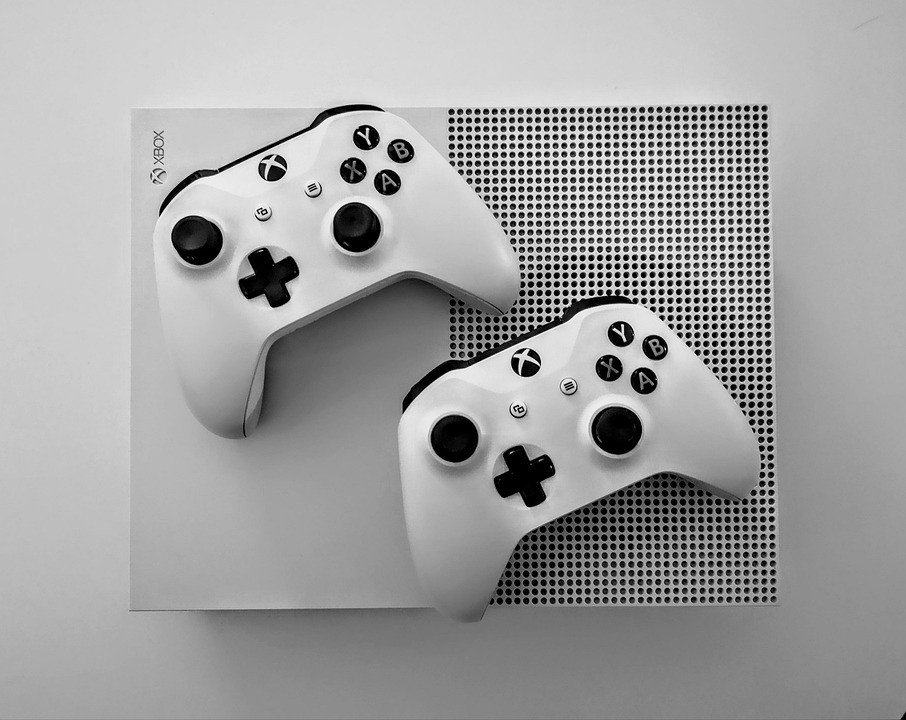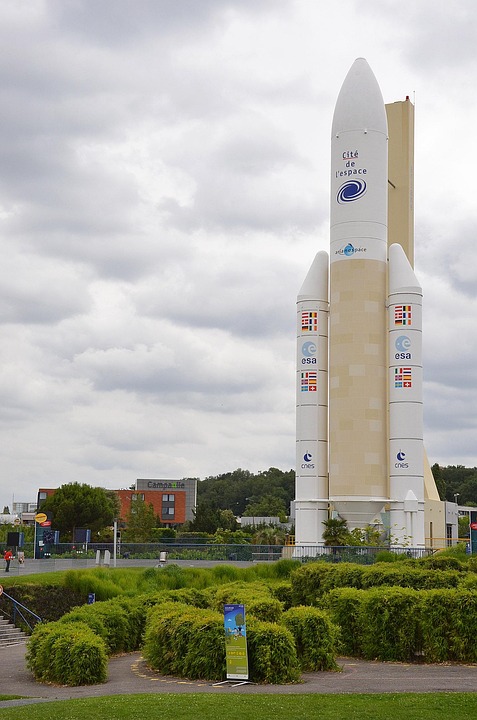Blockchain Gaming Metaverse Trends: Shaping the Future of Interactive Digital Experiences
The convergence of blockchain technology and the metaverse is revolutionizing the gaming industry, creating a new paradigm where players can truly own, trade, and interact with digital assets in decentralized virtual worlds. As the metaverse continues to evolve, blockchain gaming is emerging as a cornerstone of its development, driven by innovations in tokenization, decentralized ownership, and immersive experiences. This article explores the key trends defining blockchain gaming in the metaverse and their implications for the future of digital entertainment.
1. Play-to-Earn Models and Decentralized Economies
One of the most transformative trends in blockchain gaming is the play-to-earn (P2E) model. Unlike traditional games where in-game rewards are confined to the platform, blockchain games enable players to earn non-fungible tokens (NFTs), cryptocurrencies, or other digital assets that hold real-world value. Games like Axie Infinity, Decentraland, and The Sandbox have popularized this approach, allowing players to monetize their time and skills through farming, trading, or creating virtual content.
This trend has democratized gaming economies, empowering players in regions with limited financial opportunities. However, challenges like sustainability, volatility of tokens, and the risk of speculative bubbles remain. The metaverse’s decentralized nature also means that these economies are not bound by the rules of a single company, fostering a more equitable and open system.
2. NFTs as Digital Identity and Ownership
Non-fungible tokens (NFTs) are central to the blockchain gaming metaverse, serving as unique representations of digital assets, characters, virtual real estate, and more. Players use NFTs to assert ownership over in-game items, which can be transferred across platforms or sold on open markets. This has led to the rise of virtual real estate in metaverse worlds like Decentraland and Roblox, where digital land is traded for significant sums.
Beyond ownership, NFTs are also being used to create dynamic digital identities, allowing players to customize avatars, skins, or even reputations that follow them across multiple games. This shift from centralized to decentralized asset management is redefining how players engage with virtual worlds, prioritizing true ownership and interoperability.
3. Decentralized Autonomous Organizations (DAOs) in Gaming
Blockchain gaming is increasingly leveraging DAOs to give players a stake in the development and governance of virtual worlds. DAOs enable communities to collectively decide on game updates, content creation, and economic policies through token-based voting. For example, projects like Yield Guild Games (YGG) and The Graph have established DAOs to manage in-game resources and reward systems.
This trend emphasizes player-driven ecosystems, where users are not just consumers but active participants in shaping the metaverse. It also fosters a sense of community and long-term engagement, as players have a vested interest in the success of the platforms they help govern.
4. Cross-Chain Interoperability and Unified Ecosystems
As the metaverse grows, cross-chain interoperability is becoming critical. Players and developers are seeking seamless integration across blockchain networks (e.g., Ethereum, Binance Smart Chain, Polygon) to avoid siloed experiences. Projects like Polygon and Polkadot are enabling interoperability, allowing assets and currencies to move freely between platforms.
This trend is paving the way for a unified metaverse, where users can carry their NFTs and digital assets across different games and environments. For instance, a player’s virtual avatar or weapon could be used in multiple decentralized games, enhancing the depth and continuity of their digital experiences.
5. Virtual Worlds: The Rise of Metaverse Platforms
Blockchain-powered metaverse platforms like Decentraland, The Sandbox, and Horizon Worlds are expanding beyond gaming to become full-fledged digital economies. These platforms allow users to build, buy, and sell virtual land, host events, and create immersive experiences. The integration of smart contracts ensures transparent transactions and ownership rights, while staking and governance tokens enable users to earn income or influence platform decisions.
The metaverse is also becoming a canvas for art, fashion, and social interaction, blurring the lines between gaming, entertainment, and virtual commerce. For example, The Sandbox partners with brands and artists to create interactive experiences, turning the metaverse into a hub for creativity and collaboration.
6. Web3 Integration and User-Generated Content (UGC)
Web3 principles—decentralization, open-source infrastructure, and user control—are deeply embedded in blockchain gaming. Platforms are prioritizing user-generated content (UGC), letting players create and monetize their own games, art, or virtual experiences. Tools like Unity and Unreal Engine are being integrated with blockchain to enable seamless UGC creation.
Additionally, wallet integration (e.g., MetaMask, Trust Wallet) and on-chain identities are making it easier for players to access and manage their digital assets across the metaverse, reducing reliance on centralized platforms.
7. Augmented Reality (AR) and Virtual Reality (VR) Synergies
Blockchain gaming is increasingly merging with AR and VR technologies to create hyper-immersive experiences. Platforms like Zepeto and Somnium Space are using blockchain to verify ownership of virtual assets while offering AR/VR environments for exploration and interaction.
This trend is driving the development of mixed-reality metaverses, where players can engage with virtual worlds through physical devices. For example, Meta’s recent focus on VR-based metaverse ecosystems highlights the potential for blockchain to underpin these experiences with secure, transparent transaction systems.
8. Challenges and Regulatory Considerations
Despite its promise, the blockchain gaming metaverse faces hurdles. Scalability issues on networks like Ethereum, high gas fees, and environmental concerns from proof-of-work blockchains are ongoing challenges. Additionally, the regulatory landscape is still evolving, with questions around the classification of NFTs, game assets, and in-game currencies.
However, solutions like layer-2 scaling (e.g., Polygon, ZK-Rollups) and proof-of-stake blockchains are addressing some of these issues, while collaborations with regulators could pave the way for sustainable growth.
9. The Path to Mainstream Adoption
Blockchain gaming is steadily moving toward mainstream appeal. Major companies like Epic Games and Square Enix are investing in metaverse projects, while major financial institutions are exploring opportunities in digital asset ownership. The rise of massive multiplayer online games (MMOs) with blockchain elements, such as Illuvium and CryptoBlazers, suggests a growing interest in blending traditional gameplay with decentralized mechanics.
As more users adopt blockchain technology, the metaverse could become a key driver of the next internet revolution, merging gaming, social interaction, and economic activity into a cohesive digital frontier.
Conclusion: A New Era of Digital Ownership and Interaction
Blockchain gaming and the metaverse are no longer niche concepts—they are reshaping how we think about digital experiences. Trends like play-to-earn, NFTs, DAOs, and cross-chain interoperability are fostering a more inclusive, transparent, and user-centric gaming ecosystem. While challenges remain, the continuous innovation in blockchain infrastructure and metaverse platforms signals a future where virtual worlds are not just entertainment but economic and social ecosystems with real-world impact.
For developers, investors, and players, staying attuned to these trends is essential. As the metaverse grows, blockchain gaming will likely become a defining aspect of how we live, work, and play in the digital age.
By embracing decentralization, ownership, and community-driven design, the blockchain gaming metaverse is poised to unlock unprecedented opportunities for the future of interactive digital experiences.







